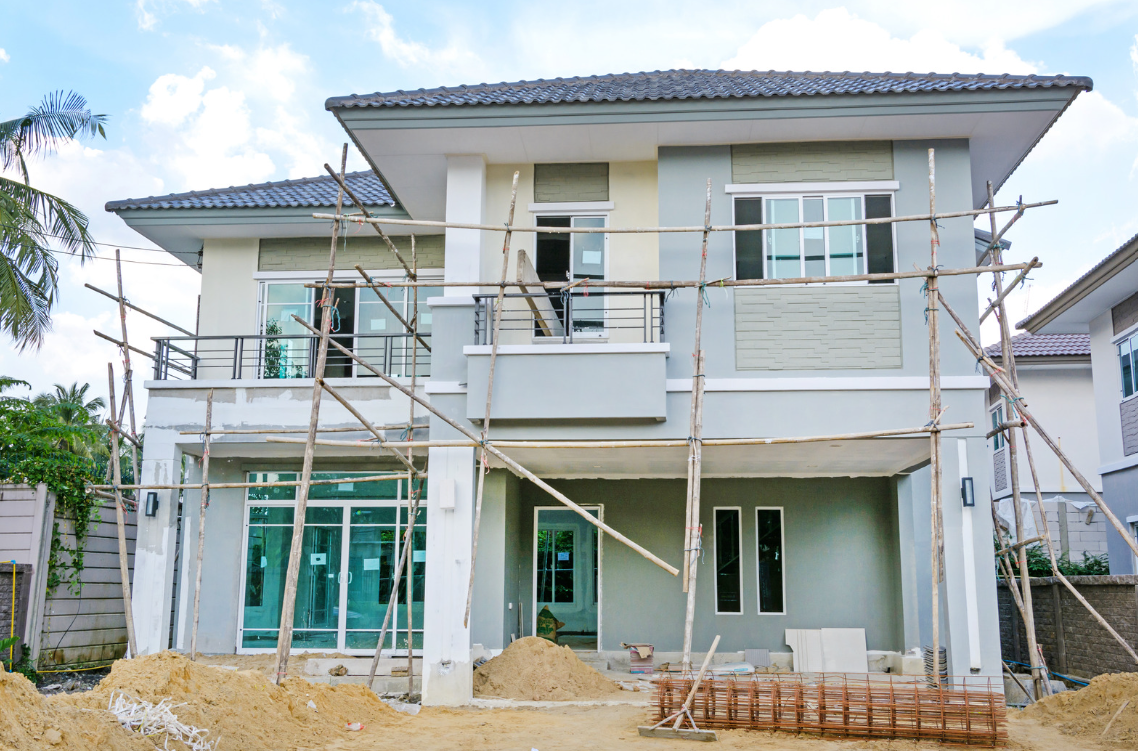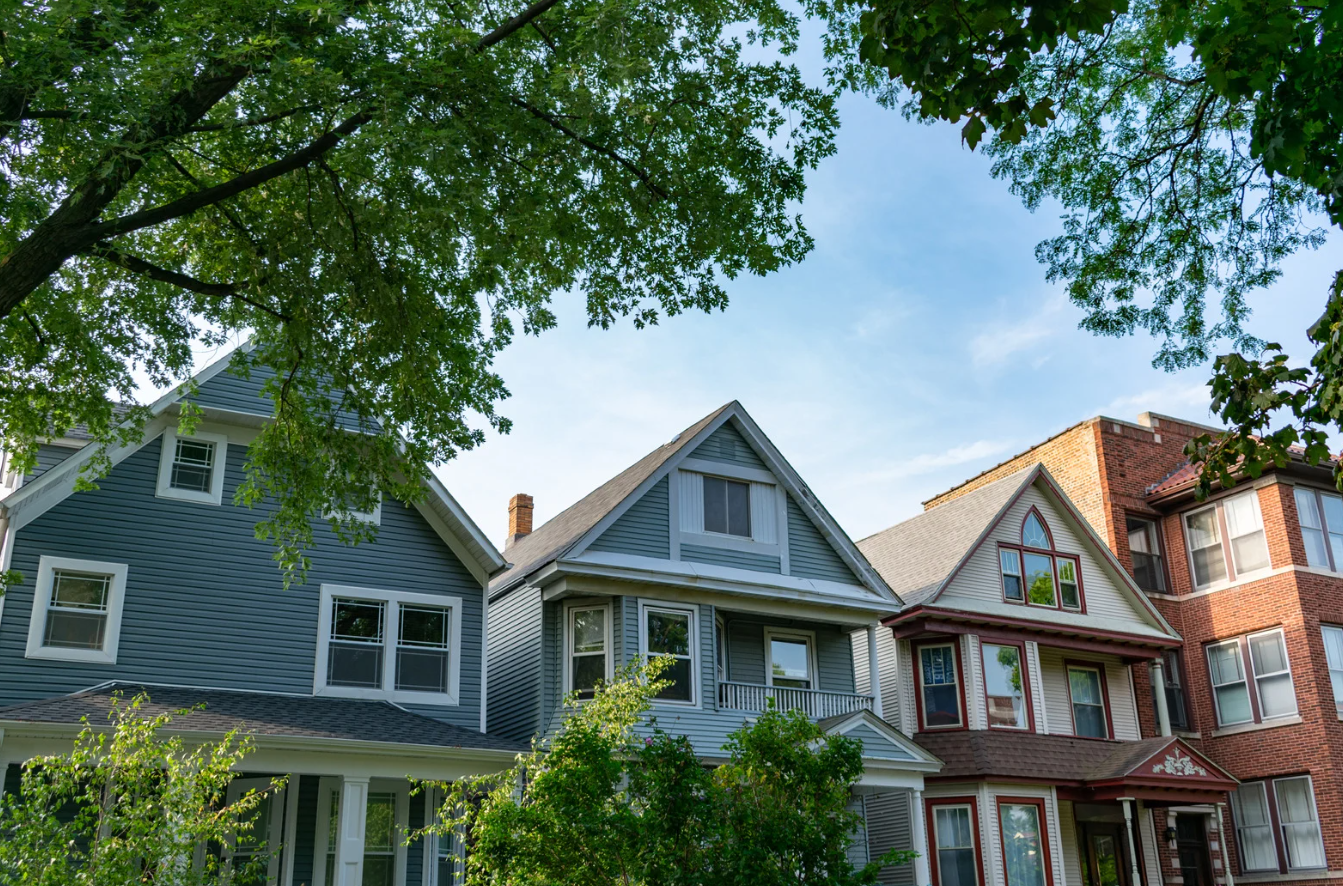The last few years took a toll on many sectors of the U.S. economy, home building prominent among them. From COVID-19 interventions to supply chain disruptions to record inflation, the hits kept coming against a real estate market that was already experiencing diminished inventories and a growing pool of buyers. Some of the adverse economic factors have since abated -- at least somewhat -- so early 2023 might be the right time to take a fresh look at prospective demand for newly constructed homes, affecting home values, and the possibilities for whether that appetite is increasing, declining or remaining level.
Where Have We Been?
Prior to COVID, i.e. March of 2020, inventory was already falling. A fourth quarter surge in home sales during 2019 helped lower available properties even further. The lack of affordable houses on the market was leading to fatigue among purchasers, many of whom postponed their quests until things loosened up. This slowed down sales impetus considerably, taking the edge off of the sellers' market. Affordability improved in some regions of the United States but remained stubborn in others. Mitigating factors, however, were that millennials were eager to buy first homes and mortgage rates were low.
The response of the federal and state governments to the coronavirus pandemic yielded mixed results. One thing it did was to rouse the weary buyers out of temporary hibernation. How? The Board of Governors of the Federal Reserve System ("the Fed") opted to bring a key interest rate down to zero, essentially. With financing so cheap, prospective home buyers were less inhibited by higher home values as reflected by sales prices. Legislation that mandated extended unemployment benefits during the course of the pandemic also instilled greater confidence. Meanwhile current mortgagors were ordered to offer forbearance to mortgagees whose employment was interrupted.
Where Do We Stand Now?
As it stands in early 2023, inventory may enjoy a slight boost as new construction projects reach completion. Though the Fed is now addressing inflation by ticking interest rates up incrementally, the rates are still low enough to keep the buyers interested. Existing homes remain in short supply, so home builders are meeting a market demand by continuing to build. The question remains, however, whether this trend is a long-term phenomenon. Can builders take confidence in a continued drought in currently standing houses for sale or will circumstances turn against them?
What Does the Future Hold for Home Builders?
Robert Dietz, an economist with the National Association of Home Builders (NAHB), believes that immediate factors will work against the industry. Envisioning a drop in housing starts in 2023, Dietz blames recession for the dip. All that has yet to occur is a rise in unemployment, an unfortunate event that Dietz views as inevitable. New home completions are surpassing new home starts significantly. An upturn in starts will likely wait for an upturn in the overall economy, a welcome event that may wait until 2024 to arrive. Until then, the home builders may have to hunker down.
Beyond recessionary fears, home builders must still contend with inflation. The Fed's rate hikes appear to be making small improvements in this regard. Still, until prices stabilize to a greater degree -- the cost of lumber and other building materials have soared in recent years -- contractors may well sit the year out until they can discern greater returns on investment. Established building firms with strong financial reserves are usually positioned well for this type of market purgatory. New businesses will be challenged to stay competitive if the short-term forecast is confirmed.





